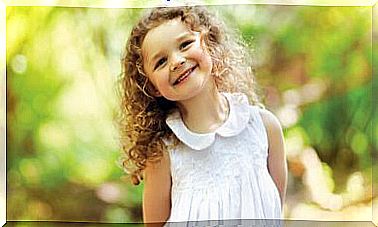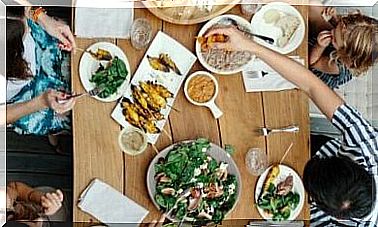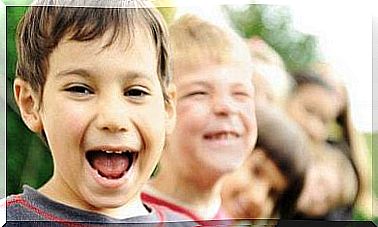The Interaction Between Pupils In The School Environment

Establishing social relationships with peers during childhood and adolescence is essential to enjoy a healthy and balanced development. For this reason, starting from the school period, it is necessary to encourage interaction between pupils, enhancing their social, cognitive and linguistic skills.
In other words, educational centers have the task of creating spaces that allow for collaboration and cooperation between students. In this way, the school becomes an active resource within the learning process, allowing the child to grow up immersed in a climate of diversity that promotes different values, such as the following:
- Acceptance.
- Respect.
- Inclusion.
- Equality.
The interaction between pupils in the school environment
According to pedagogues who theorized cooperative learning, it is possible to define three types of structure, according to the relationship established between school goals and the influence of peers on their achievement:

- Individualistic structure. Goals are individual: consequently, the work of others does not affect the achievement of one’s goals. In these cases, each pupil is personally rewarded based on his or her own achievements, regardless of those achieved by his peers.
- Competitive structure. All students pursue the same goals, which, however, can only be achieved if the rest of the classmates fail to achieve them. In other words, this structure is based on an exclusion process, in which one pupil receives the maximum reward, while the others are reserved less rewards.
- Cooperative structure. Common goals are set that can only be achieved if all students achieve them. In this way, the whole group is benefited and rewarded by the results obtained.
Taking all this into account, it is possible to say that the ideal for promoting good interaction between pupils in the school environment consists in applying a cooperative learning structure, distinct from the individualistic and competitive one of the traditional school. Consequently, it is necessary to organize the class so that the teaching function falls on both the teacher and the student body.
Form heterogeneous interaction groups
The interaction between pupils in a cooperative form involves the improvement of the following aspects:
- Group cohesion.
- Coexistence.
- Team work.
For all this to be possible, however, it is important that the groupings created for cooperative work are:
- Reduced : from three to five students per group.
- Heterogeneous : composed of pupils with different abilities, motivations, needs, etc.

In this sense, it is important to point out that, in order to form these groups of different composition, it is necessary to try to mix boys and girls into distinct groups. Similarly, possible compatibilities and incompatibilities between classmates must be evaluated. After these considerations have been taken into account, the teacher must divide the students into three subgroups:
- Those who have more ability to help.
- Those who need more help with schoolwork.
- The rest of the students.
Consequently, at least one of the pupils belonging to each subgroup must be included in all groups. For example, if you are forming a team of four, ideally it would be made up of a member of the most capable, a student who has certain educational needs and two children who, in the school environment, are at a level medium.
In this way, the student body, in addition to assimilating school-type knowledge, also acquires skills useful for socializing and dealing with other people.









